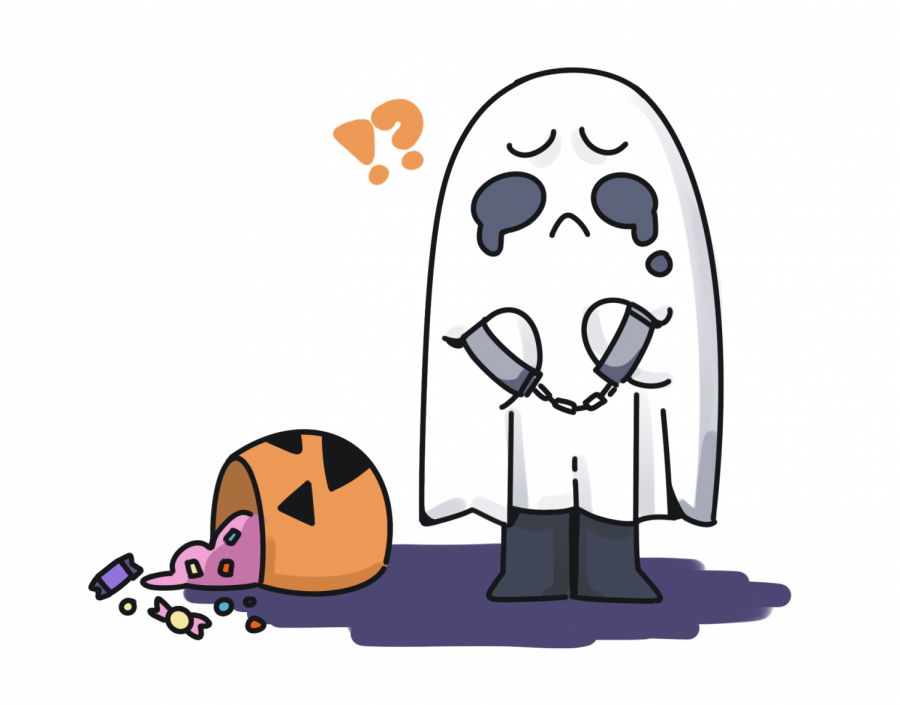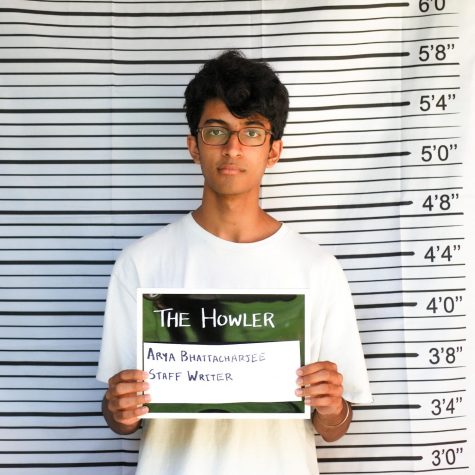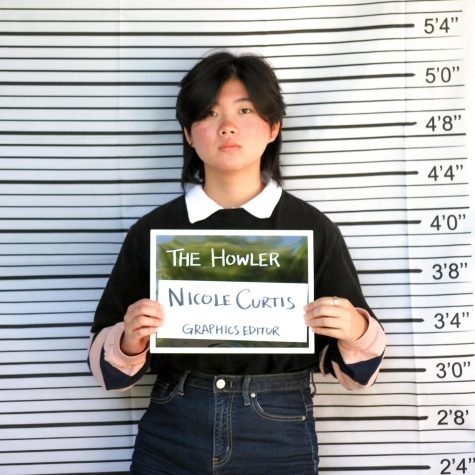Can we trick-or-treat in a pandemic?
October 5, 2020
As Halloween approaches, children and parents across the country are preparing to go trick-or-treating. The age-old tradition of walking around the neighborhood wearing costumes while collecting candy marking the beginning of the holidays excites almost everyone. However, with the current public safety guidelines due to the COVID-19 pandemic, a different future may be ahead of us.
In order to prevent the spreading of the virus, rules should be put in place to prevent trick-or-treating this year, as the dangers created by it heavily outweigh the fun. While it may seem pretty straightforward, there are health effects of trick-or-treating that have recently come to light with respect to the pandemic.
Direct contact with someone who has COVID-19 can occur at any moment during trick-or-treating. It could be as insignificant as brushing shoulders with a fellow trick-or-treat- er or handing out candy to a stranger at your doorstep. Just minor contact with a stranger can be enough to spread COVID-19 to your entire family, which is a risk that no one should want to take.
Indirect contact is a different story. When food is distributed during a pandemic, it must undergo a very specific and sterile process. Restaurant orders and food delivery services all follow a strict code to prevent the spread of the COVID-19. When trick-or-treating, however, there is no way to enforce these restrictions. There is no guarantee that a house distributing candy will properly sanitize and handle it, which can increase the risk of spreading the virus.
Additionally, Amanda Garrity from Good Housekeeping writes that the age range of most trick-or-treaters is between 3 to 13 years old. This age range is particularly vulnerable to COVID-19 since their immune system is still developing. Allowing these young children to go door to door for candy is irresponsible at best, as protecting the younger children from the virus should be everyone’s number one priority.
Some may argue that those who don’t want to go trick-or-treating should just stay at home, and that there is no need for regulations to prevent this activity; however, this is a selfish statement and the problem will not fix itself. Without any rules and regulations put into place by local governments, the people who want to will go trick-or-treating. We have already seen multiple cases of people throwing parties and traveling even with rules in place to stop them, so without any rules, trick-or-treating would result in a large number of people following unsafe practices.
Having short-term rules, similar to that of school lockdowns, to prevent trick or treating temporarily may at first seem like a terrible thing to do, but it will ensure children’s safety. It will also protect immunocompromised individuals who find themselves most vulnerable to the symptoms of COVID-19. In order to prevent the possible harm that could happen on the evening of halloween, it is important that these rules are put into place and obeyed.
Should trick-or-treating be allowed this year, it would be in everyone’s best interest to just not go. Even though there are precautions put in place, none of them guarantee safety.The only way to make sure that the number of people infected does not increase, would be to stay inside this Halloween, and not participate in trick-or-treating this year. If we work to prevent the spread of COVID-19 then our chances of having a blast during trick-or-treating next year dramatically increase.

























































